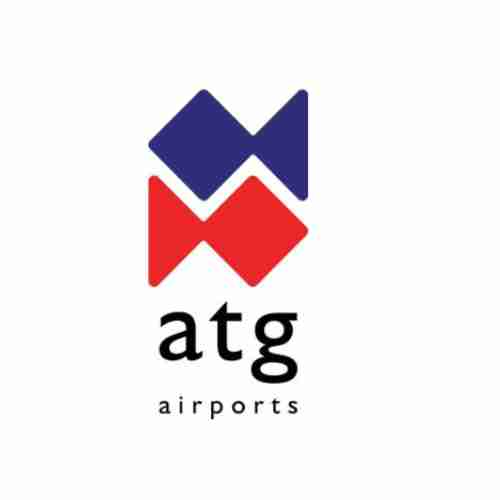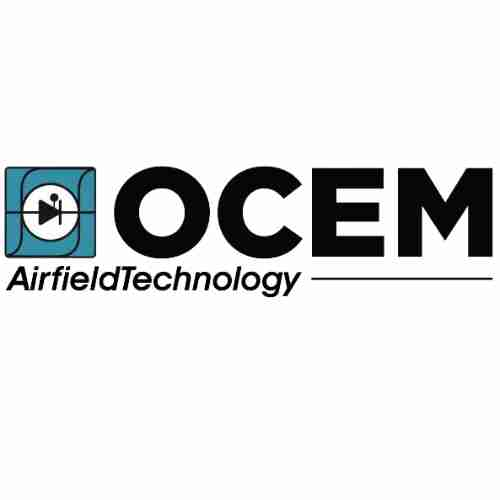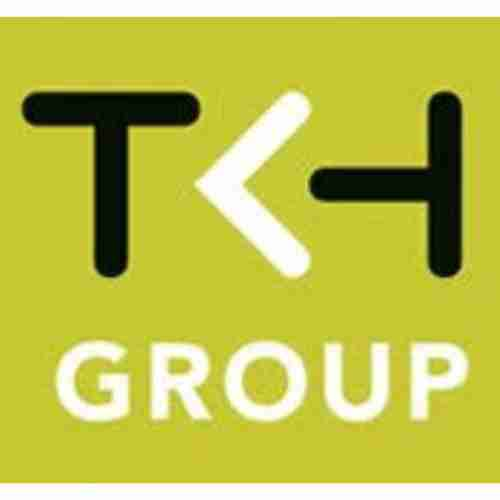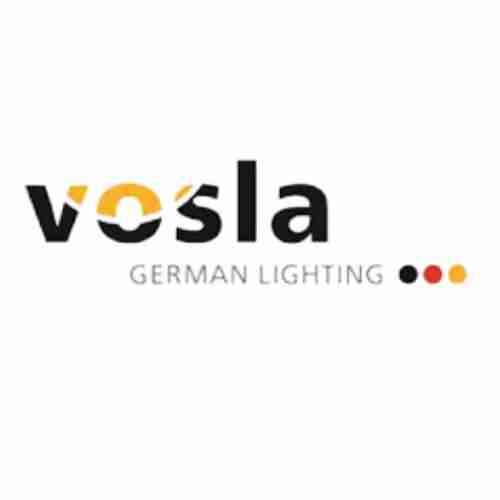Airfield Ground Lighting Runway and Taxiway in USA in 2025
The magic of air travel extends far beyond the sleek metal birds soaring through the sky. Beneath the wings of every departing and arriving aircraft lies a complex ballet of technology, meticulously choreographed to ensure safety and efficiency. At the heart of this intricate dance is airfield ground lighting (AGL), an invisible conductor guiding pilots with silent precision. In this blog post, we’ll embark on a journey to explore the fascinating world of AGL systems in the USA for 2024, delving into the latest advancements, regulations, and the critical role they play in modern aviation.
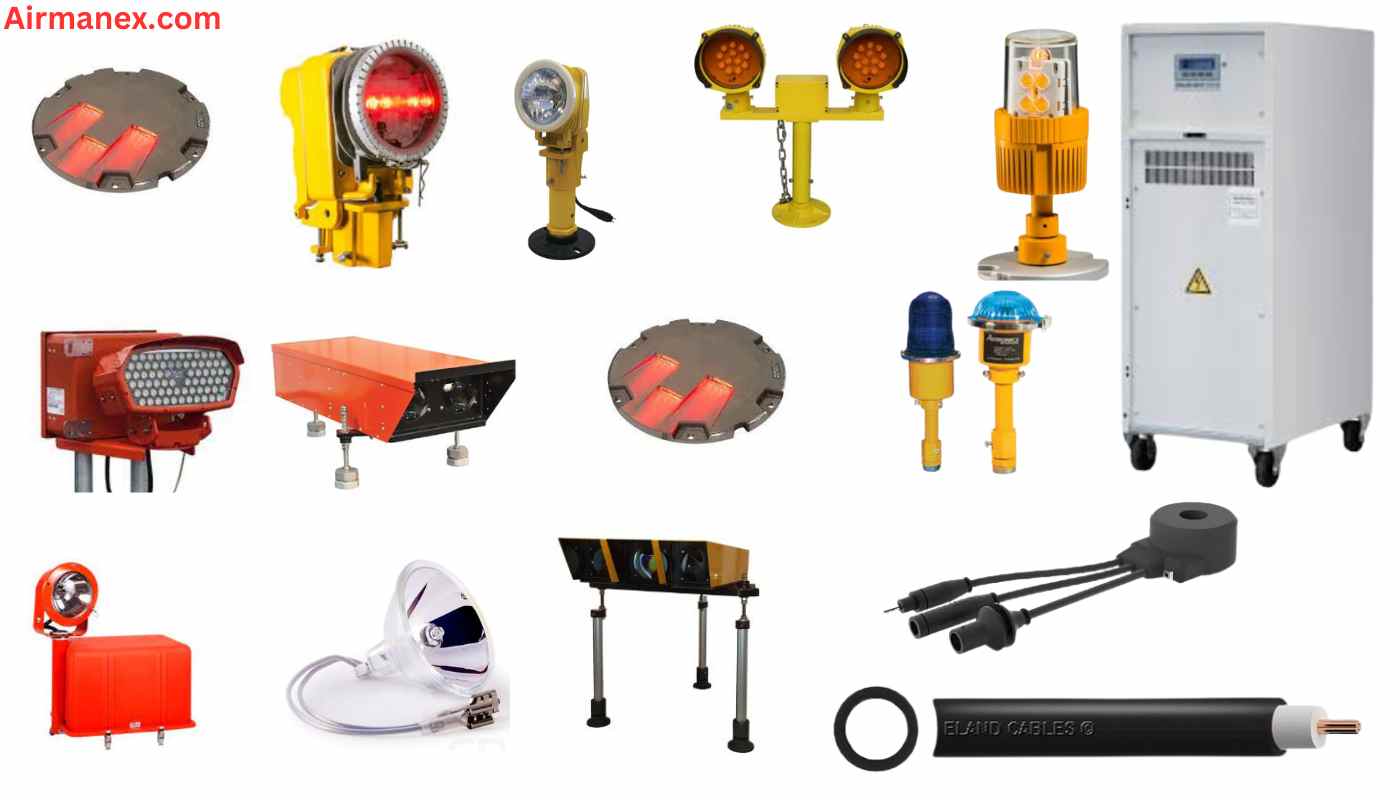
Illuminating the Runway
Imagine a pilot navigating a vast expanse of darkness, relying solely on instrument readings to land safely. Thankfully, this scenario remains firmly in the realm of fiction. AGL systems bathe runways and taxiways in a carefully orchestrated display of light, providing pilots with the visual cues they need for safe and efficient navigation during low-visibility conditions, at night, and even in broad daylight for takeoff and landing.
These systems comprise a diverse array of lighting fixtures, each with a specific purpose:
- LED Runway Lighting: Energy-efficient and long-lasting, Light-Emitting Diode (LED) technology is rapidly becoming the standard for runway lighting in the USA. LED lights offer superior brightness, color consistency, and lower maintenance requirements compared to traditional halogen lights.
- In-Pavement Runway Lights: Imagine tiny beacons embedded directly within the runway surface. These in-pavement lights provide excellent guidance for pilots, particularly during low-visibility landings.
- Taxiway Edge Lights: Typically blue in color, taxiway edge lights clearly define the taxiway boundaries, aiding pilots in navigating the intricate network of pathways that connect runways to terminals and hangars.
- Centerline Taxiway Lights: As the name suggests, centerline taxiway lights run along the center of the taxiway, providing additional guidance and ensuring pilots maintain proper positioning.
This is just a glimpse into the vast array of AGL fixtures. Others include precision approach lighting (PAL) systems, runway end identifier lights (REILs), and constant current regulators (CCRs) that ensure consistent light output.
Innovation Takes Flight
The world of AGL systems is not static. Constant advancements are pushing the boundaries of what’s possible. Here are a few exciting trends shaping the future of AGL systems in the USA:
- Solar-powered Airfield Lighting Systems: Sustainability is a major focus in aviation. Solar-powered AGL systems offer a clean and efficient alternative to traditional grid-powered systems, particularly for smaller airports.
- Pilot-controlled Lighting Systems: Imagine pilots having the ability to adjust the intensity of runway lighting based on visibility conditions. Pilot-controlled lighting systems empower pilots with greater control and potentially reduce light pollution.
Design, Installation, and Maintenance
AGL systems are not simply a collection of lights; they are meticulously designed and installed to meet stringent Federal Aviation Administration (FAA) regulations and International Civil Aviation Organization (ICAO) standards. This ensures compatibility and pilot familiarity across the globe.
The design process considers factors like runway length, visibility requirements, and aircraft types that frequent the airport. Once designed, a team of qualified professionals ensures flawless installation, adhering to precise placement specifications for each light fixture.
But the journey doesn’t end there. Regular maintenance is paramount to ensure the continued functionality and reliability of AGL systems. Trained technicians conduct routine inspections, identify and replace faulty components, and ensure the entire system remains operational at all times.
A Focus on Safety and Modernization
Airports across the USA are constantly undergoing modernization projects. Upgrading AGL systems is a crucial aspect of this process. Here’s why:
- Improving Visibility for Pilots in Low Light Conditions: Modern LED lighting offers superior visibility compared to older halogen systems, allowing pilots to land safely even in challenging weather conditions.
- Enhancing Airport Safety in USA: Reliable and well-maintained AGL systems play a vital role in preventing runway incursions and other safety incidents.
- Upgrading Airport Infrastructure in USA: Investing in modern AGL systems demonstrates a commitment to providing a safe and efficient operating environment for airlines and passengers alike.
Price Idea
It’s difficult to provide a single, definitive price point for an airfield ground lighting (AGL) system in the USA due to the following factors:
- System Complexity: AGL systems vary greatly in complexity. A small, private airport might require a basic setup with just taxiway edge lights and centerline lights, while a large international airport will need a comprehensive system encompassing runway edge lights, in-pavement lights, precision approach lighting (PAL), and more.
- Runway Length: The length of the runway significantly impacts the cost. Longer runways require more lights, naturally translating to a higher price tag.
- Technology Choice: Traditional halogen lighting is generally less expensive upfront compared to LED lighting. However, LED lights offer significant cost savings in the long run due to lower energy consumption and reduced maintenance needs.
- Local Labor Rates: Installation costs can vary depending on the location and prevailing labor rates in that area.
Here’s a breakdown to give you a general idea (USD):
- Simple Taxiway Edge Lighting System (for a small airport): $25,000 – $50,000
- Basic Runway Edge Lighting System (medium-sized airport): $100,000 – $250,000
- Comprehensive AGL System for a Large Airport (including LED, in-pavement lights, PAL): $1,000,000 – $5,000,000+
For a more accurate estimate, it’s best to contact several reputable AGL system suppliers in the USA. They can provide quotes based on your specific requirements, including the size and type of your airport, desired lighting technology, and any additional features you might need.
Lighting the Way Forward
The USA boasts a thriving industry of airport lighting systems suppliers. These companies develop, manufacture, and install cutting-edge AGL systems that meet the specific needs of each airport.
Staying informed about these leading manufacturers is crucial for airport authorities seeking to upgrade their AGL infrastructure.
FAQs
How much does a runway lighting system cost in the USA?
Prices vary depending on size and complexity, but typically range from $25,000 for a small taxiway system to upwards of $5 million for a comprehensive LED-based runway setup.
What are the benefits of LED lighting for runways and taxiways?
LEDs offer superior brightness, lower maintenance costs, and improved energy efficiency compared to traditional halogen lights, enhancing pilot visibility and airport sustainability.
Who installs and maintains AGL systems in the USA?
Qualified professionals working for specialized AGL system suppliers handle installation. Trained technicians conduct regular maintenance to ensure optimal performance and safety.


